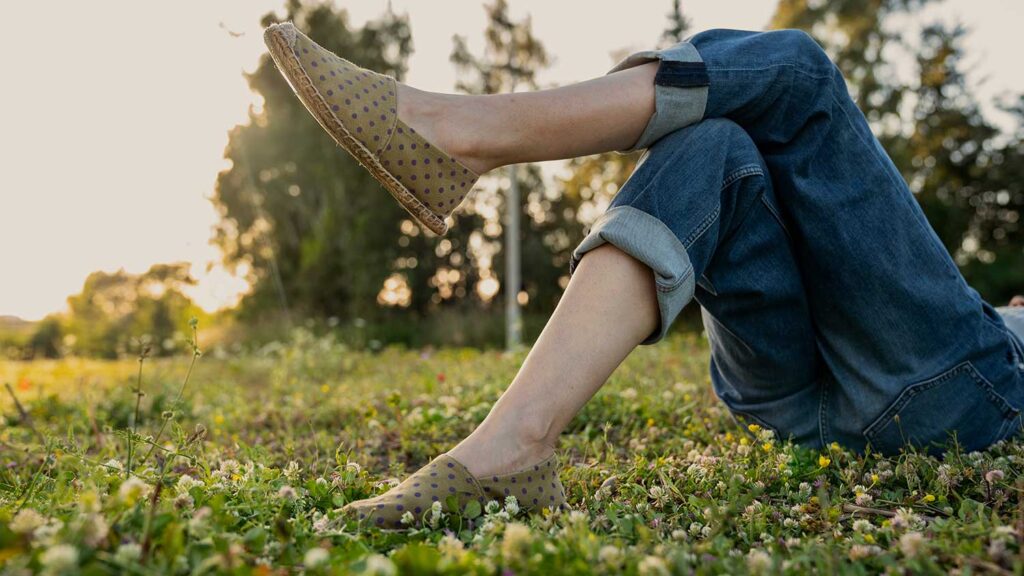Skin cancer forms when the cells which cause skin to tan begin reproducing rapidly, according to the American Cancer Society. The most commonly diagnosed cancer in the United States is melanoma, and it is one of the most lethal. It begins growing in the top layer of skin and can spread easily throughout the body unless detected early. One in five people will be diagnosed with the deadly disease.
The best way to prevent disease is by protecting your skin. Steer clear of tanning beds and extreme sun exposure. Using sunscreen with an SPF of 30 or higher, even on cloudy days, is important. Be sure to apply it to exposed skin, including the tops of your ears. If anyone in your immediate family has a history of skin cancer, be sure to update your medical profile. Stay out of the sun during peak hours—10 AM to 4 PM—and always seek shade when available. The best accessory you can wear at the beach is a sunhat with a wide brim. And while you’re enjoying the beach or pool, reapply sunscreen every two hours.

Moles that remain the same over time with little to no change aren’t concerning to dermatologists. Areas of worry on the body are the ones with the most exposure to sun: face, arms, legs, chest and back. If you have a mole that’s changed shape, is itchy, bleeds easily or looks nothing like your other moles, it’s time to see a doctor.
The best way to know what you’re looking for is to consult the ABCDE chart, a step-by-step guide to screen your skin for possible problem spots. The best way to perform a self-exam is with a hand mirror and full-length mirror. You’ll want to focus on the entire body—even palms, the bottoms of your feet and between your toes.
Here’s what you’re looking for:
Asymmetry
Is the mole asymmetrical? Meaning, if split down the middle, would the two sides be different?
Borders
When you inspect the area around your mole, are the borders irregular or misshapen? Does it have scalloped edges?
Color
Is there one shade of color throughout the mole? Do you notice hues such as red or blue?
Diameter
How big is the mole? Is it larger than the size of a pencil eraser?
Evolution
What have you noticed about the state of the mole? Does it look different than others? Have you noticed changes in shape, color or size?
If you discover any areas of concern, schedule an appointment with your physician or dermatologist right away. It’s always better to be on the safe side.















